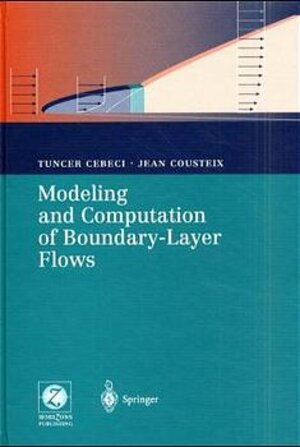Dieser Titel wurde ersetzt durch:
- Modeling and Computation of Boundary-Layer Flows (978-3-540-24459-2) - Mehrteiliges Produkt

×
![Buchcover ISBN 9783540650102]()
From the reviews
„This book will be certainly very useful to all hydrodynamicians involved in numerical simulations of complex flows.“ (Physiclia, 2000)
„(...) the book is a welcome and valuable addition to the important field of boundary-layer calculations and should assist in changing the unfortunate tendency to utilize CFD codes written by others in situations for which they are not appropriate.“ (European Journal of Mechanics, 1999)
„This book will be certainly very useful to all hydrodynamicians involved in numerical simulations of complex flows.“ (Physiclia, 2000)
„(...) the book is a welcome and valuable addition to the important field of boundary-layer calculations and should assist in changing the unfortunate tendency to utilize CFD codes written by others in situations for which they are not appropriate.“ (European Journal of Mechanics, 1999)
Modeling and Computation of Boundary-Layer Flows
Laminar, Turbulent and Transitional Boundary Layers in Incompressible Flows
von Tuncer Cebeci und Jean CousteixThis book is an introduction to computational fluid dynamics with emphasis on the solution of the boundary-layer equations and the modeling and computation of boundary-layer flows. It also provides readers with a good understanding of the basic principles of fluid dynamics and numerical methods. A variety of readers, including undergraduate and graduate students, teachers or scientists working in aerodynamics or hydrodynamics will find the text interesting. The subjects covered in this book include laminar and , turbulent boundary layers and laminar--turbulent transition. The viscous--inviscid coupling between the boundary layer and the inviscid flow is also addressed. Two-dimensional and three-dimensional incompressible flows are considered. Physical and numerical aspects of boundary-layer flows are described in detail in 12 chapters. A large number of homework problems are included.



